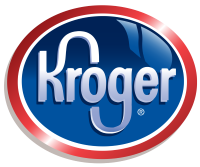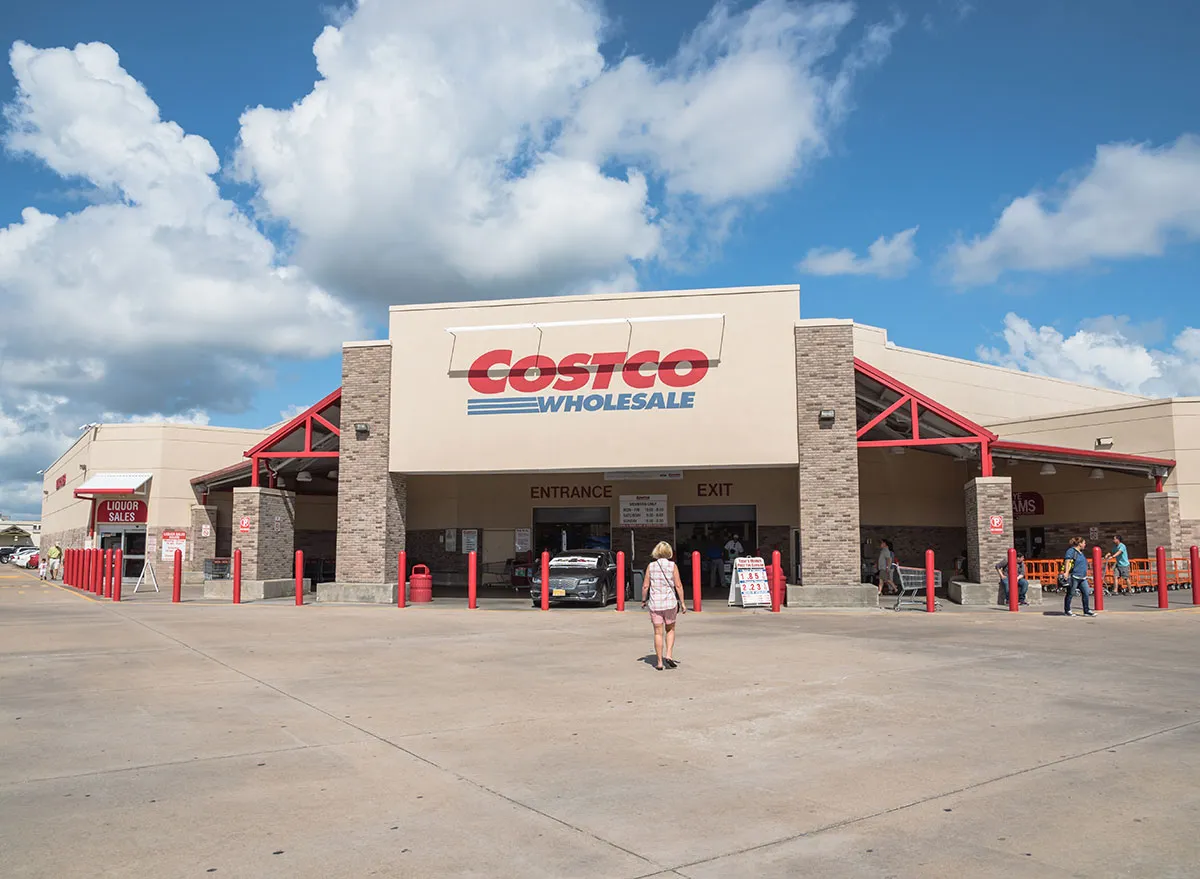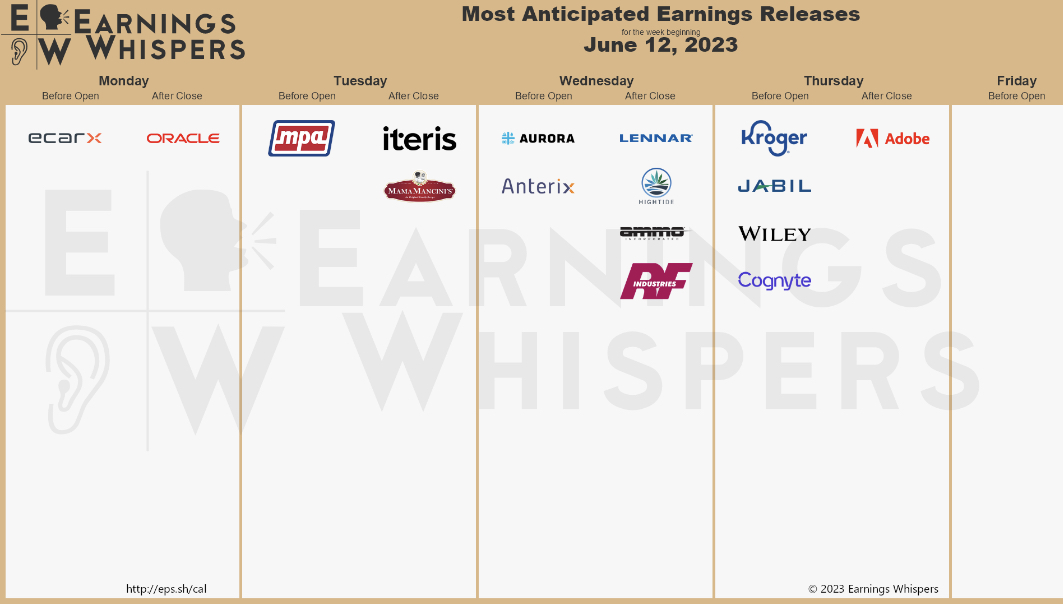How do I select my dividend stocks? A step-by-step guide using $COST (-2,05%)
as an example
reading time: approx. 15mins
Disclaimer: This post was originally written in German and was translated into English for wider availability. Most information in the post pertains to the time of original article publishing and has not been adapted for the translation. However, I have utilized the most up-to-date annual reports specifically for the section that covers the key figures, and have made sure to update the relevant data accordingly. At that time, I purchased shares in Costco at a price of approximately 480USD per share. Right now Costco is the 2nd largest position in my portfolio.
I have been reading a lot of questions about which criteria are particularly important when selecting dividend stocks. I also come across the more general question of "which dividend stocks are worth buying?" While there is no universal answer to this question, every potential purchase of a stock requires intensive research, consideration of one's personal investment strategy, and investment horizon. Since both investment strategies and investment horizons are individual, I will concentrate on the research before purchasing. This post is intended to serve as a guide for you, which is, of course, subjectively tailored to my investment strategy and investment horizon. Nevertheless, with some abstraction, it can also be generalized to your needs.
1.) THE IDEA
At the beginning of a possible stock purchase is an idea. This is probably the part that is least "algorithmic" because it requires creativity, attention in everyday life, or possible specialized knowledge about a "hidden champion" in an industry. Therefore, I can only advise you to keep an open mind and be observant in your daily life. Possible starting points could be:
- What kind of products are available to purchase? Who produces them?
- What products do I use in my daily life and at work?
- What product could I not live without in my daily life?
- What is so expensive that one would prefer not to buy it, but it is still repeatedly purchased?
These are, of course, just a few possible questions. Let your creativity run wild to come up with possible exciting companies. Few of these ideas will be so exciting that you will end up investing in them. Rather, the goal is to build up a pool of ideas to invest in the most promising companies after a thorough analysis.
So how did I end up with Costco $COST (-2,05%) ? It was a combination of little things: through research on dividend stocks in the retail sector, I initially came across Walmart $WMT (-0,92%) and Target $TGT (-4,66%) I didn't look at them closely but put them on my watchlist prophylactically to take a closer look later.
A few days later, I saw that Walmart and Target were deep in the red and wondered why both were rapidly falling. Then I read a small news article that said one of them had published poor quarterly results, causing the entire retail sector to plummet. The article mentioned a retailer called Costco Wholesale and a few others that were now facing tough times. I had only vaguely heard of Costco before and decided to take a closer look. Costco caught my attention among all the other retailers mainly because despite the high loss on that day, with a P/E ratio over 30, it still seemed absurdly expensive.
2.) UNDERSTANDING THE BUSINESS MODEL & IDENTIFYING COMPETITION
In the next phase of my research, I delve deeply into the business model and competition of the company, seeking to understand the unique features that set it apart from the competition. Despite its apparent simplicity as a supermarket chain, Costco Wholesale has several interesting features that distinguish it from other players in the retail industry. To uncover these features, I conducted extensive research using a variety of sources, including online news articles, industry reports, and expert analyses. By exploring topics such as "Why customers prefer Costco?" and "How does Costco earn money?" I was able to gain valuable insights into the company's business model and identify key factors that contribute to its success [1], [2], [3]:
1. Retail As A Service! Costco Wholesale is one of the largest retail chains in the world, known for offering bulk goods at discounted prices to its members. But what sets Costco apart from other players in the retail industry is its unique business model: the company operates on a membership-only basis, requiring customers to pay an annual fee before they can shop at Costco stores. Currently, Costco offers two membership tiers: the basic membership, which costs $60 per year, and the premium membership, which costs $120 annually. According to a report by [4], approximately 91% of existing members renew their membership each year, and the company continues to attract new members at a rate of 5-7% annually. In addition to providing access to the company's retail stores, Costco's premium membership also includes a 2% cashback reward on purchases made at Costco, incentivizing customers to shop more frequently at the chain. This unique membership model has been a key factor in Costco's success, as it allows the company to build a loyal customer base while also generating a reliable stream of recurring revenue.
2. Customer is King! Time and again, Costco Wholesale has been praised for the exceptional friendliness of its employees, who are known for going above and beyond to provide a high-quality shopping experience for customers. While this may seem like a given, we've all experienced stores where customers are treated rudely or with indifference. At Costco, the company's commitment to providing a positive customer experience is reflected in every aspect of its operations, from its well-trained staff to its generous returns policy. One of the hallmarks of Costco's returns policy is its 100% money-back guarantee, which promises to refund the full purchase price of any product purchased from the store. This policy has made headlines in recent years, with stories of customers returning everything from withered Christmas trees [5] to used tires and half-eaten food items. In each case, Costco has readily accepted the return and refunded the customer's purchase price without question. It's this kind of customer-centric approach that has helped to build Costco's reputation as a retailer that truly puts its customers first. Of course, it's worth noting that while Costco's returns policy is incredibly generous, it's also been carefully designed to minimize the number of returns the company actually receives. By offering customers the peace of mind of knowing that they can return a product if they're not satisfied, Costco encourages them to make purchases without hesitation. In reality, however, very few customers actually end up returning their purchases, a fact that speaks to the high quality of the products on offer at Costco.
3. Unbeatably cheap! One of Costco Wholesale's biggest selling points is its unbeatable prices. By purchasing its products in massive quantities, Costco is able to secure significant discounts from suppliers, which it then passes on to customers by keeping its own margins low. This strategy has proven highly effective in positioning Costco as a more affordable alternative to competitors like Walmart and Target [6]. Costco is upfront with customers about its pricing strategy, openly communicating that it offers the lowest prices possible thanks to its bulk buying approach. Customers can rest assured that they are getting the best possible value on their purchases when shopping at Costco. In addition to bulk buying, Costco also keeps prices low by offering larger package sizes and promoting its own private label brand, Kirkland. By streamlining its inventory to just 4,000 products, as opposed to Walmart's 142,000 products [6], Costco is able to focus on offering a curated selection of high-quality items at the lowest possible prices.
4.) Top Tier Employer! Costco Wholesale is widely recognized as one of the best employers in the retail industry. One key factor that sets Costco apart from its competitors is its commitment to paying its employees a relatively high average hourly wage of $15 (compared to Target's $13 and Walmart's $11). This focus on employee compensation, along with other employee-centric policies, has helped to create a strong sense of job satisfaction and loyalty among Costco's workforce, which in turn has resulted in lower staff turnover rates and significant cost savings for the company. By prioritizing employee satisfaction, Costco has been able to keep recruitment and training costs low, as well as minimize the number of open positions and unfilled vacancies. This strategy has proven highly effective, as the company consistently ranks among the top-rated employers in the world, alongside industry leaders like Microsoft, Alphabet, and T-Mobile [7].
In essence, Costco's business model can be thought of as a subscription model, providing access to a unique range of products at particularly affordable prices. The company is committed to customer satisfaction and uses measures such as a money-back guarantee and cashback programs to build customer loyalty. The subscription model also promotes customer loyalty and ensures predictable cash flows. Despite paying its employees well, Costco remains one of the most affordable supermarkets, thanks to low margins on sales and other clever tactics, attracting a large number of new customers.
This sets Costco apart from its competitors, which include well-known retail giants such as Walmart ($WMT (-0,92%)), Target ($TGT (-4,66%)), Kroger ($KR (+0,46%)), and Dollar General ($DG (+0,11%)). While a closer look at their business models is also important, it is beyond the scope of this post to provide an equally in-depth analysis of their business models.
3.) SELECT & CHECK KEY FIGURES
Now that we've gained an understanding of what sets Costco apart from its competitors, it's time to turn our attention to hard data and performance metrics. After all, if Costco truly does things better than its competitors, we should expect to see evidence of that in a range of key performance indicators (KPIs).
Of course, the specific KPIs that matter most will depend on the nature of the company and its overall strategy. Personally, when evaluating stocks, I tend to focus on companies that have a track record of paying solid dividends over a long period of time, with above-average dividend growth rates. I also look for stable revenue and profit growth, as well as a business model that is as crisis-resistant and non-cyclical as possible. Finally, I want to see that the company is reinvesting its earnings in profitable ways that will support future growth.
By selecting and analyzing the right KPIs, we can gain a deeper understanding of how Costco's business model is performing relative to its peers. This, in turn, can help us make more informed investment decisions and determine whether Costco is truly delivering on its promise of providing unbeatable value to customers and investors alike.
These requirements lead me to the following selection of fundamental data:
- Revenue and profit growth
- Dividend history and dividend growth
- ROCE
- Payout ratio dividend / free cash flow
- As low as necessary debt
Now, let's work through all of these indicators one by one. I always compare them within the industry and put Costco's numbers in relation to those of competitors like Walmart and Target. All the necessary figures for the calculation were taken from [8].
Revenue Growth
The total revenue growth over the last 5 years is:
Costco 60.7% | Walmart 24.2% | Target 41.5%
This corresponds to an average annual revenue growth rate (CAGR) of:
Costco 10.0% | Walmart 4.4% | Target 7.2%
Costco and Target have the strongest revenue growth, with Costco growing the fastest. At around 10% per year, this growth rate is impressive even when compared across different industries.
Profit Growth
The total EBIT growth over the last 5 years is:
Costco 84.4% | Walmart 19.0% | Target 22.7%
This corresponds to an average annual EBIT growth rate (CAGR) of:
Costco 13.0% | Walmart 3.5% | Target 4.2%
Once again, Costco comes out on top, and by a significant margin. While Walmart and Target may be able to increase their revenues, their profits do not grow at the same rate. At Costco, profits are actually increasing faster than revenues, indicating a healthy and scalable business model.
Dividend History and Growth
Costco has been paying a dividend for 19 years, with the dividend increasing every year. Currently, the dividend yield is 0.57%, and the annual dividend growth rate over the last 5 years is 12.4%, with the last 10 years at 12.6%. In addition, there have been irregular special dividends paid out to shareholders (last one in January 24 with 15USD per share).
Walmart has been paying a dividend for 50 years and has also increased it every year. Currently, the dividend yield is 1.40%, and the annual dividend growth rate over the last 5 years is 1.85%, with the last 10 years at 2.02%.
Target has been paying a dividend for 55 years, with an annual increase each year. Currently, the dividend yield is 3.19%, and the annual dividend growth rate over the last 5 years is 11.59%, with the last 10 years at 10.68%.
Target and Walmart clearly stand out with their long and impeccable dividend histories. However, I have nothing to complain about with Costco's dividend history, as the dividend has been increased every year since its introduction. In terms of the current dividend yield, Target is ahead of Walmart, with Costco in last place. However, I do not place too much importance on this point, as my personal focus is more on dividend growth. I prefer a fast-growing dividend, as this will allow me to benefit more in the future. In this respect, Costco shows stable dividend growth of approximately 12% annually. Target is almost as good in this regard, with only Walmart falling slightly behind with its meager dividend growth.
ROCE
The Return on Capital Employed, is a measure (in %) of the efficiency of capital employed in a company's operations. A high ROCE indicates that earnings can be reinvested in the business in a profitable manner. It has become an indispensable key performance indicator for me, as it is an excellent indicator of a company's efficiency. A low ROCE is even a disqualifying criterion for me, especially when the ROCE is lower than the company's cost of capital. For a detailed definition and interpretation of ROCE, I refer to a post I wrote. In short, the higher the ROCE, the better.
The average ROCE of the last 6 years is:
Costco: 22.1% | Walmart: 15.9% | Target: 19.1%
Target is still close to Costco, but Walmart is already significantly worse than Costco. Therefore, according to the common interpretation of ROCE, Costco has the most capital-efficient business model of the three companies. Together with Costco's high EBIT growth, the high ROCE becomes even more interesting, as ever-increasing earnings can be efficiently reinvested in the business, enabling future profit growth.
Payout Ratio Dividend / Free Cash Flow
Currently, Costco pays out about 27% of its free cash flow in dividends to its shareholders. Walmart's payout ratio is 21.1%, and Target's is 28.7%. Thus, dividend payments at all three companies are securely covered by the generated cash flow, leaving enough cash flow for investments in business operations.
To be able to calculate this payout ratio, a company must of course pay a dividend that is somehow generated from the free cash flow. This eliminates all companies that have negative free cash flow. For companies with a higher dividend yield, the payout ratio is usually slightly higher. Personally, I find anything up to 80% okay; anything above that should be examined more closely. It may be a one-time effect that will normalize afterwards. If not, a dividend cut may be imminent, as dividends may soon no longer be covered by cash flow. In the case of REITs, the situation is somewhat different, as they are tax obligated to have high payout ratios. Therefore, my limits are different for REITs.
Debt and Cash
Long-term debt of companies should be monitored not only since the rise of interest rates, but especially now. High debt levels result in high interest expenses, which can have a negative impact on future earnings and potential investments in business operations. In particular, increasing refinancing costs can then lead to a negative leverage effect, which can have a massive impact on debt even with slightly rising interest rates.
For me, a healthy level of total debt is anything under three times EBIT/EBITDA. Here, in the worst case, debts can be paid off within three years from the company's earnings (exceptions apply to REITs, as the business model of REITs relies on taking on debt to finance properties).
Costco has almost twice as much cash reserves as it has long-term debt. In theory, they could pay off all debts immediately and still have cash reserves left over. The ratio of debt to EBIT is particularly low at 0.8, as all debts could be paid off from the business earnings within a year.
Walmart has about three times as much debt as cash reserves. Therefore, about a third of the debt could be paid off from the available cash. The ratio of debt to EBIT is 1.8, which is fine and in the green zone.
Target has about 8 times more debt than cash reserves, and only 12.5% of the debt could be paid directly from cash. The debt is about 3x EBIT, so Target would need about 3 business years to pay off the debt from the earnings.
All three companies are not over-indebted, but once again Costco stands out with such low debt that all debts could be paid off immediately. The available cash reserves are also advantageous in case of future major investments. However, it should not be left unmentioned that Walmart and Target are also not excessively indebted.
4.) INVESTMENT THESIS
If we now summarize the analysis of the business model and fundamental data, a coherent and clear picture emerges for me:
1. The business model in the form of a "Retail As a Service" model sets Costco apart from its competitors. Costco is growing rapidly, is more efficient than its competitors, and generates strong customer loyalty through various factors.
2. The dividend payments are securely covered by free cash flow, and there is a consistently high dividend growth. The dividend growth corresponds to approximately the EBIT growth.
3. Costco is more capital efficient than its competitors. The higher ROCE enables Costco to reinvest its earnings profitably in its own business operations.
4. Costco can finance growth almost w/o debt and has significant financial leeway for future expansions. Higher capital procurement costs will have little impact.
I will review these 4 points at regular intervals after purchase. If there is a bad business year, I will not throw everything overboard. The overall picture over a longer period always remains important. Therefore, the individual points are rather "soft" criteria on their own. However, if all points show a negative trend, the investment thesis would no longer be intact and the assumed business model at the time of purchase would no longer work.
5.) SUMMARY & OUTLOOK
We have now formulated an investment thesis step by step, starting with the idea and then analyzing the business model and fundamental data. This thesis summarizes why we invested in the company and is also a guideline for the expected future development of the company. The resulting checklist provides an exit criterion in case of doubt.
What is missing here? The attentive reader will have noticed that we haven't even talked about the price of a share yet. The company may be as great as it is, but at what price do I now buy a share? This is a completely different topic from selecting the right company. If there is interest from your side, I can also prepare a post on this topic. Also, I would like to thank the reader who made it this far for their attentive reading. Questions and criticism are always welcome.
#retail
#dividends
#dividendgrowth
SOURCES:
[1] https://www.eatthis.com/costco-shoppers-obsessed/
[2] https://www.huffpost.com/entry/12-costco-secrets-you-didnt-know-y_n_55e70a56e4b0c818f619dc20
[3] https://www.businessinsider.com/why-people-love-costco-and-kirkland-private-label-2019-9?op=1
[4] https://www.fool.com/investing/general/2015/05/13/youll-never-guess-just-how-many-people-renew-their.aspx
[5] https://clark.com/family-lifestyle/costco-christmas-tree-return-january/
[6] https://www.mashed.com/158143/the-truth-about-costcos-really-low-prices/
[7] https://www.businessinsider.com/comparably-big-companies-with-the-happiest-employees?op=1
[8] https://seekingalpha.com/


















